


Jesus is called Emmanuel, meaning “God is with us” (Matthew 1:23, NLT). He put on a temporary tabernacle — a human body — to dwell on this earth and offer himself as a sacrifice.
This act of divine love and sacrifice was not just for a select few but for all humanity.
Revelation 7:9 paints a beautiful picture of this truth: “After this I saw a vast crowd, too great to count, from every nation and tribe and people and language, standing in front of the throne and before the Lamb.” This verse highlights the inclusivity of God’s Kingdom — people from every corner of the world united in worshipping Jesus.
This feast also points to the promise that God will return and rally with His people — in the person of Jesus. And when He does, He has promised that there will be no more death and suffering, that He Himself will wipe away every tear from our eyes (Revelation 21:4).
His return is the ultimate fulfillment of the hope we’ve carried our entire lives. What a day that will be!
In light of this glorious promise, we are called to participate in the mission of making God's Word accessible to every nation, people and language.
Day Of Atonement Meaning
Always remember Jesus fulfilled the spiritual aspects of that Day of Atonement when He went into the holy of holies with His own blood.
Jesus is our Great High Priest. The price was paid.
When we repent and believe in Jesus as our Savior, our names are permanent in the book of life, although we can still be in need of cleansing,
I am not perfect and I would guess you are not either.
Prophetically, the Day of Atonement points to the return of Jesus to judge the earth. This will fulfill the final great Day of Atonement.
Just as Christmas and Easter are the most popular Christian holidays, Rosh Hashanah and Yom Kippur are the most celebrated Jewish holidays.
Each year, Israeli airports, buses, television, and radios shut down in honor of Yom Kippur as people all over the world celebrate the holiest day of the year for the Jewish people.
Rosh Hashanah and Yom Kippur mark the High Holy Days or Days of Awe.
We just learned in the last blog post why Christians should celebrate the Feast of Trumpets: it’s the beginning of Rosh Hashanah.
The Feast of Trumpets also announces that something great is about to happen.
This begins the 10 days where Jews:
FORGIVE OTHERS
GIVE TO THOSE IN NEED
CONFESS SINS IN ORDER TO SECURE THEIR NAMES IN THE BOOK OF LIFE FOR ANOTHER YEAR
Day Of Atonement Bible Verses
God gave very clear direction concerning the Day of Atonement in Leviticus 23. These are important words for us to understand because God sent Jesus to fulfill it.
Then the Lord said to Moses, “Be careful to celebrate the Day of Atonement on the tenth day of that same month -nine days after the Festival of Trumpets.
You must observe it as an official day for holy assembly, a day to deny yourselves and present special gifts to the Lord. Do no work during that entire day because it is the Day of Atonement, when offerings of purification are made for you, making you right with the Lord your God.
All who do not deny themselves that day will be cut off from God’s people. And I will destroy anyone among you who does any work on that day. You must not do any work at all! This is a permanent law for you, and it must be observed from generation to generation wherever you live.
4 Ways Christians Can Celebrate The Day of Atonement (Yom Kippur)
How can Christians celebrate the Day Of Atonement? Here are four ways:
1. Learn the Terms
Start with the scapegoat. Read the story of the priests and how they chose the goat to carry away the sins of the people. Let your kids reenact the story.
To make the lesson more real and impactful, visit a petting zoo or farm and review the story. Bring some rocks to use as lots while there.
The High Priest is instructed to lay hands on the chosen goat while confessing the sins of the entire community, then throw the goat off a cliff.
We don’t want to reenact that part! However, the rest of the story (and maybe throwing a toy goat away) will have more of an effect on children than the reading of this powerful biblical story.
All of God’s Word is important. Sin is very serious. Our children, and we ourselves, may feel sorry for the goat and appalled by animal sacrifice, but this helps us understand all sin has to be paid for.
We don’t want to make light of sin, God’ commands, or the laws and feasts that preceded Jesus’ incarnation and being the final blood sacrifice and scapegoat.
That’s the beautiful painting of this masterpiece: Jesus came to fulfill all these requirements for sin through the cross and resurrection.
If we don’t understand, if our children don’t understand, the seriousness of sin and God’s just wrath, then we can’t fully understand the massive abundance of His grace.
This is why the entire story - found in both the Old Testament and New Testament and how one weaves into the other - is essential for understanding how loving God is.
A Hebrew word to teach is Yom Tov, which means “good day” or a generic term used to refer to any Jewish holiday.2. Forgive
The Day of Atonement starts with 10 days of Awe. They are days of seeking forgiveness. We can use these days as a time of seeking forgiveness from when we haven't acted Christ-like as well as an opportunity to recognize resentment against others and instead forgive them.
The radical forgiveness Jesus displayed ought to prompt us to also extend radical forgiveness.
In the Inner Circle coaching group, it is more often than not that a person needs to see themselves as forgiven before they can move forward with complete understanding of how deep God’s love is for them.
We hold our problems as bricks that build walls which block us from seeing God at work.
It’s time to let go of our shortcomings and see what God is doing - exceedingly, abundantly in our lives.
Anytime we say, “Yes, but I have this issue and that issue, that’s pride. We need to stop giving excuses, pause, and pray for forgiveness.
Instead, we forgive ourselves, stand up and acknowledge, “That is not me anymore. I am loved. I am forgiven. And greater is He who’s in me than he who’s in the world.”
3. Fast
Every day is a great day to fast. We fast from any obstacle that is inhibiting us from the sweetest fellowship between us and God.
The problem with our lives today is that we enjoy God’s blessings so much they interfere with seeing God himself.
Food, talents, friends, careers, nature are all great blessings – but every one of them can be a hindrance in cultivating a great relationship with God, versus just a good relationship with Him.
We thank Him for all the blessings He bestows on us, but often, “Thank You for this,” is still self-focused.
On the contrary, when we say, “Thank You, Lord, because You are the one Who blesses," our focus stays fixed on Him.
Have you considered fasting?
All family members 5 years old and up, except women who are pregnant or breastfeeding, can fast from food. Even if it’s just one meal.
Fasting can also be from our go-tos:
- tv
- internet
- books
- phones
- social media
- anything
Fasting draws us closer to God.
Consider how your family can fast together. Fasting is one the way to celebrate Yom Kippur.
As followers of Christ, we aren’t called to walk in guilt. Christ entered the Most Holy Place on our behalf and washed us clean from our sins.
Hebrews 9:14 reminds us that if that animal blood and the other rituals of purification were effective in cleaning up certain matters of our religion and behavior, think how much more the blood of Christ cleans up our whole lives, inside and out.
A great psalm to read at the end of a fast is Psalm 107:8-9:
“Let them give thanks to the Lord for his unfailing love and his wonderful deeds for mankind, for he satisfies the thirsty and fills the hungry with good things.”4. Fellowship
The Day of Atonement leads right into the Feasts of Tabernacles.
This is why it’s great to understand that the Day of Atonement was always meant to be a symbol pointing to something to come—something much greater: The promise of Christ as the ultimate, once-and-for-all sacrifice and scapegoat for our sins.
Gather with friends and family and celebrate the assurance we have in Christ! Use this time to teach the children the reminder of how Jesus came to be our High Priest.
The greatest story ever told is the story of the temple, the High Priest, the lamb, and the promises kept for us today.
God’s story from Genesis to Revelation is about His promises, provisions, and grace.






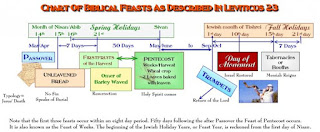





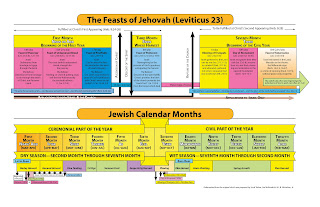






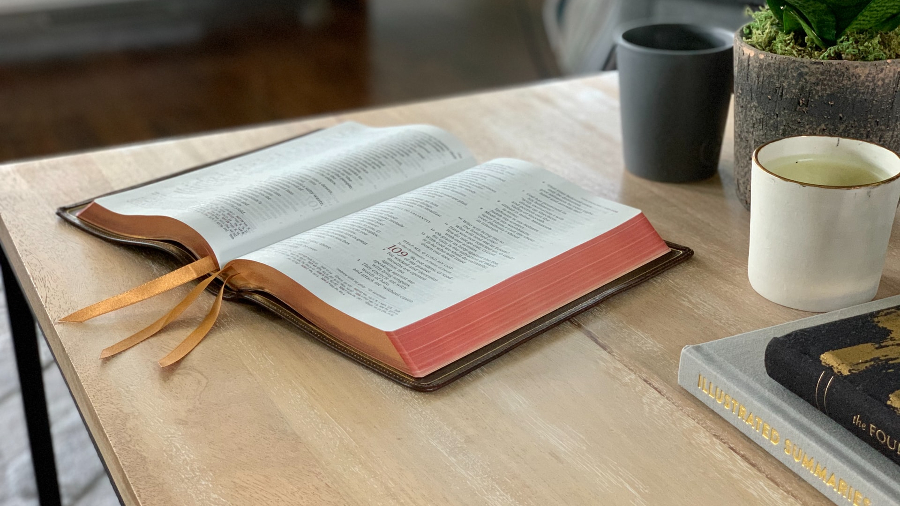
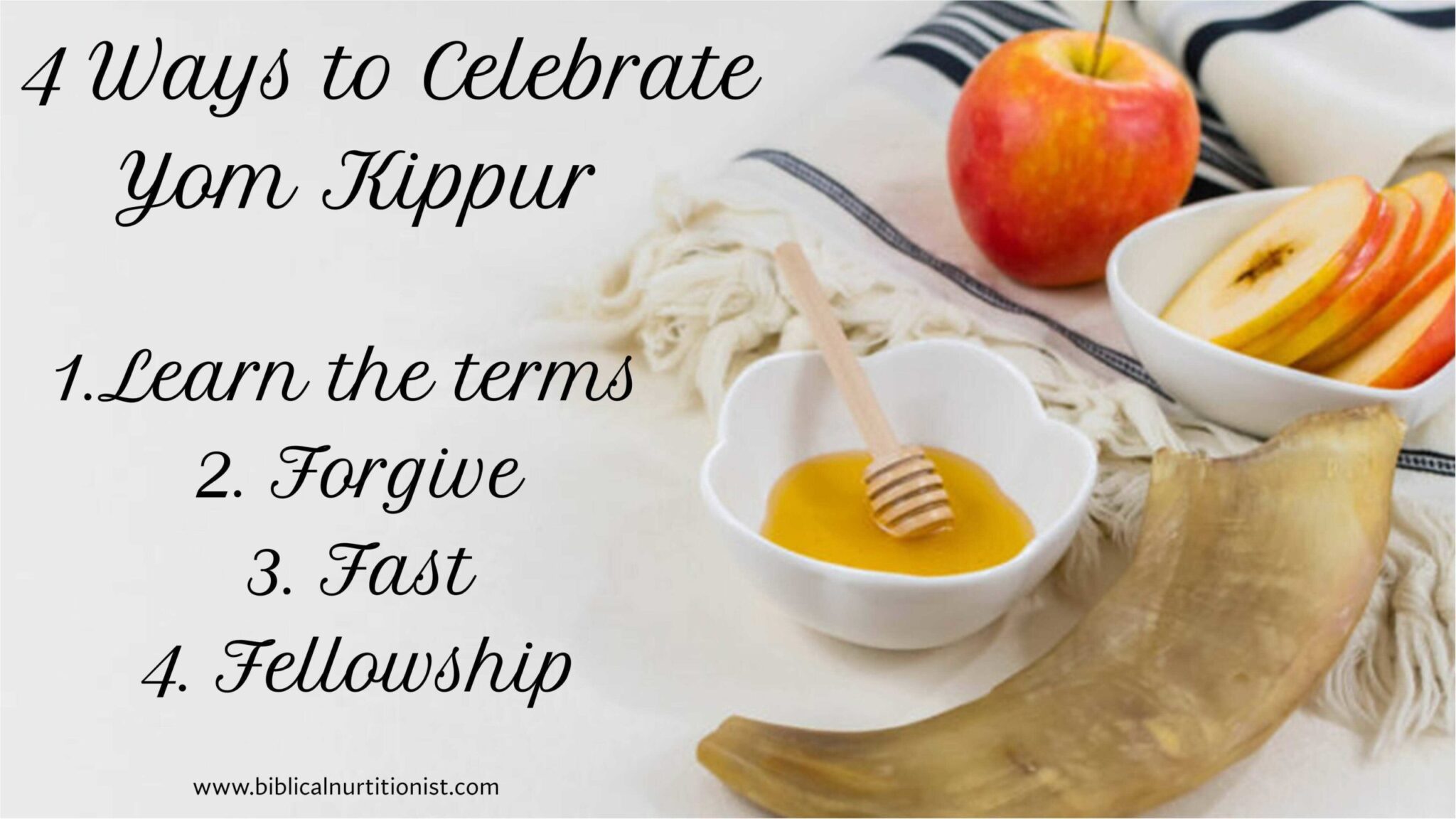
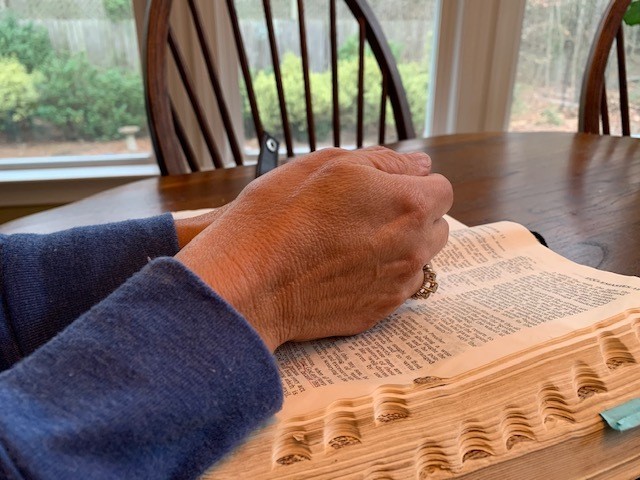
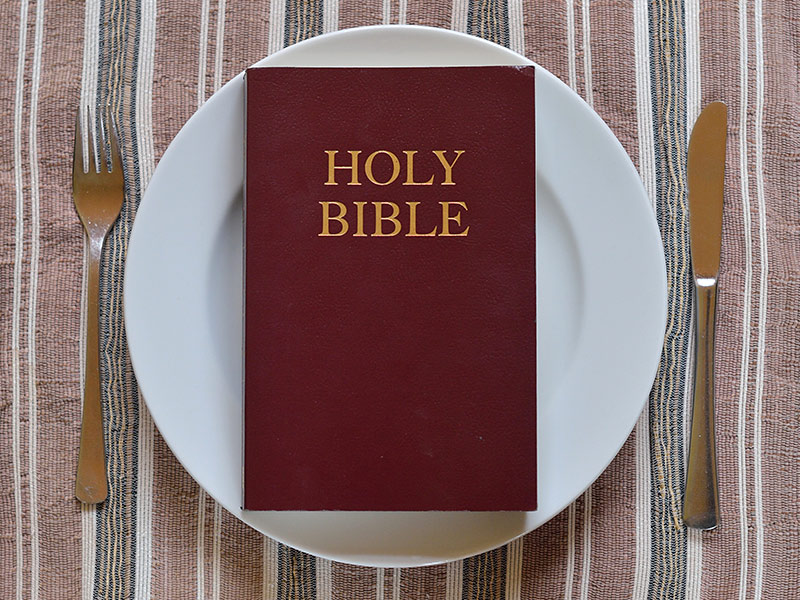
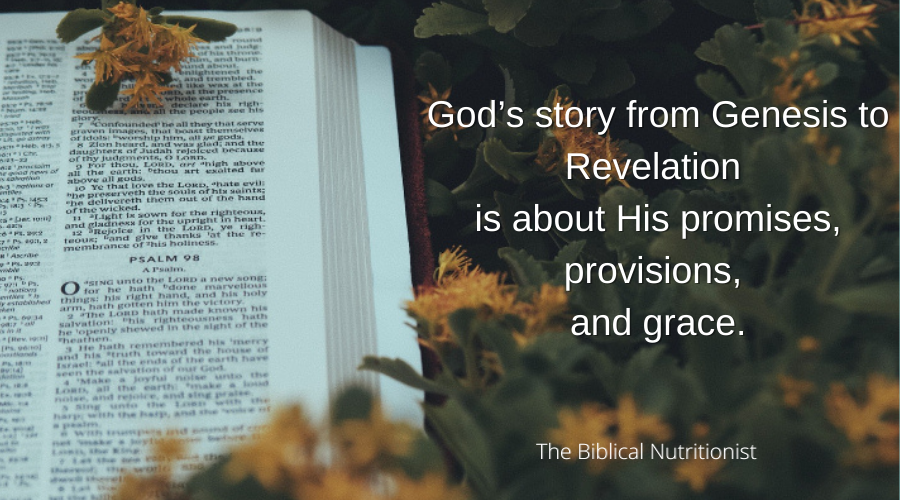

No comments:
Post a Comment